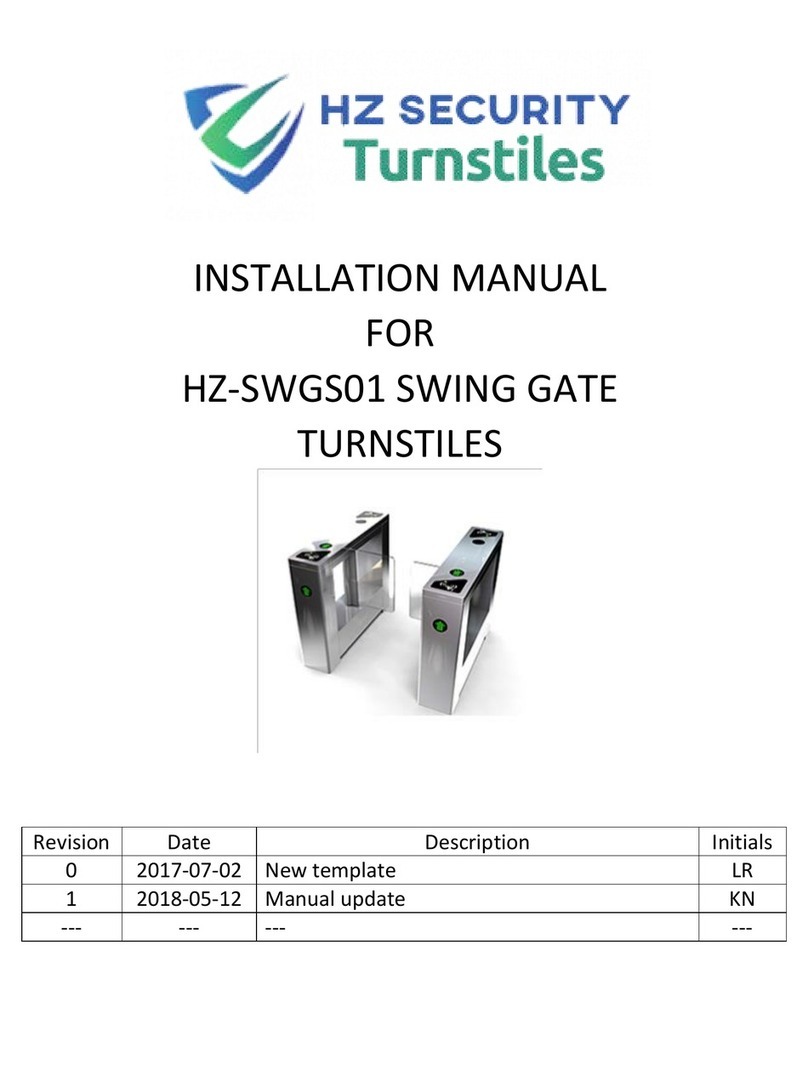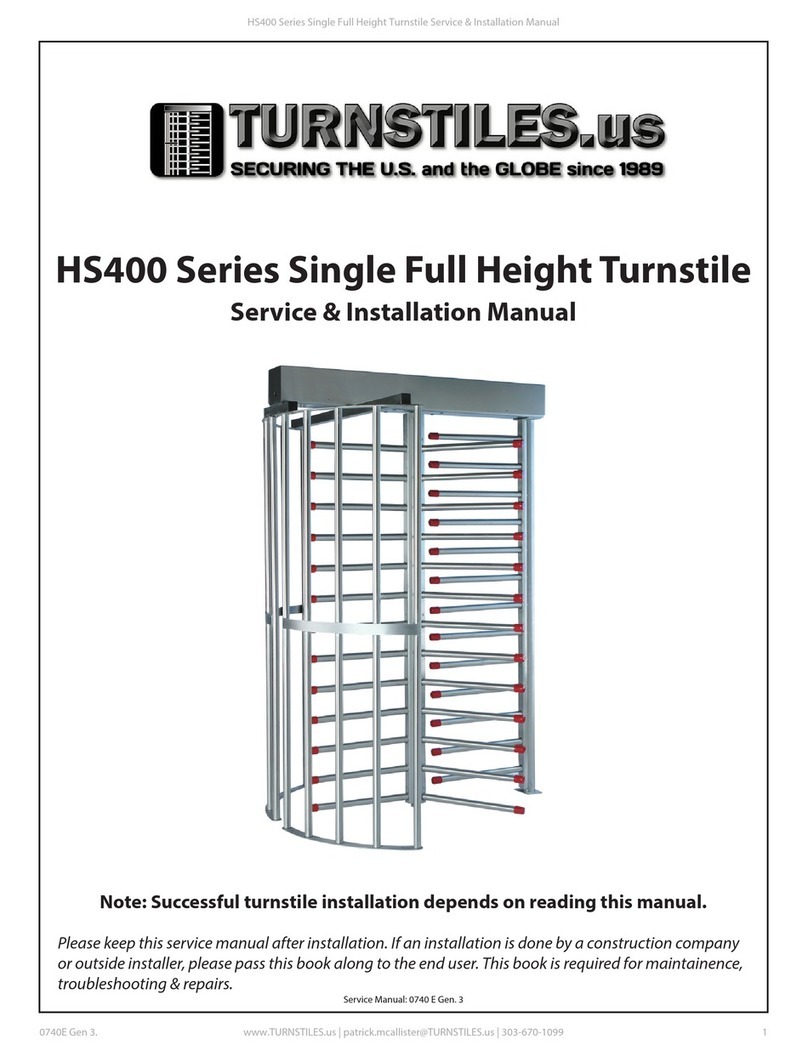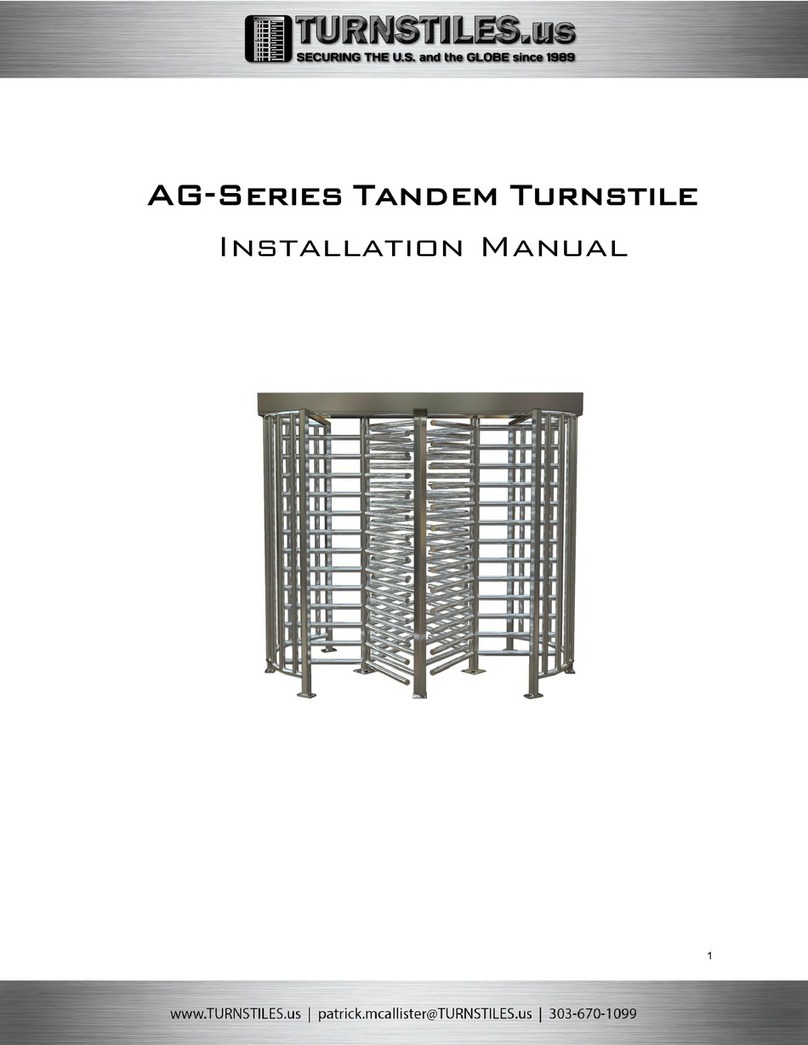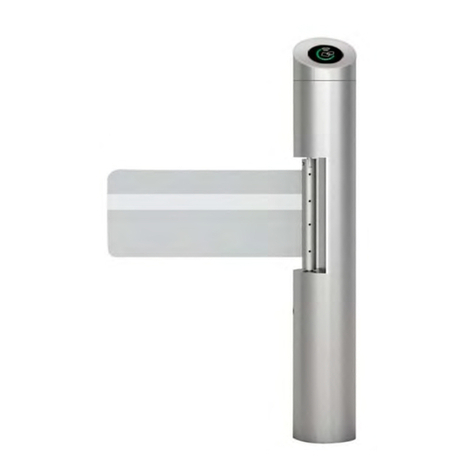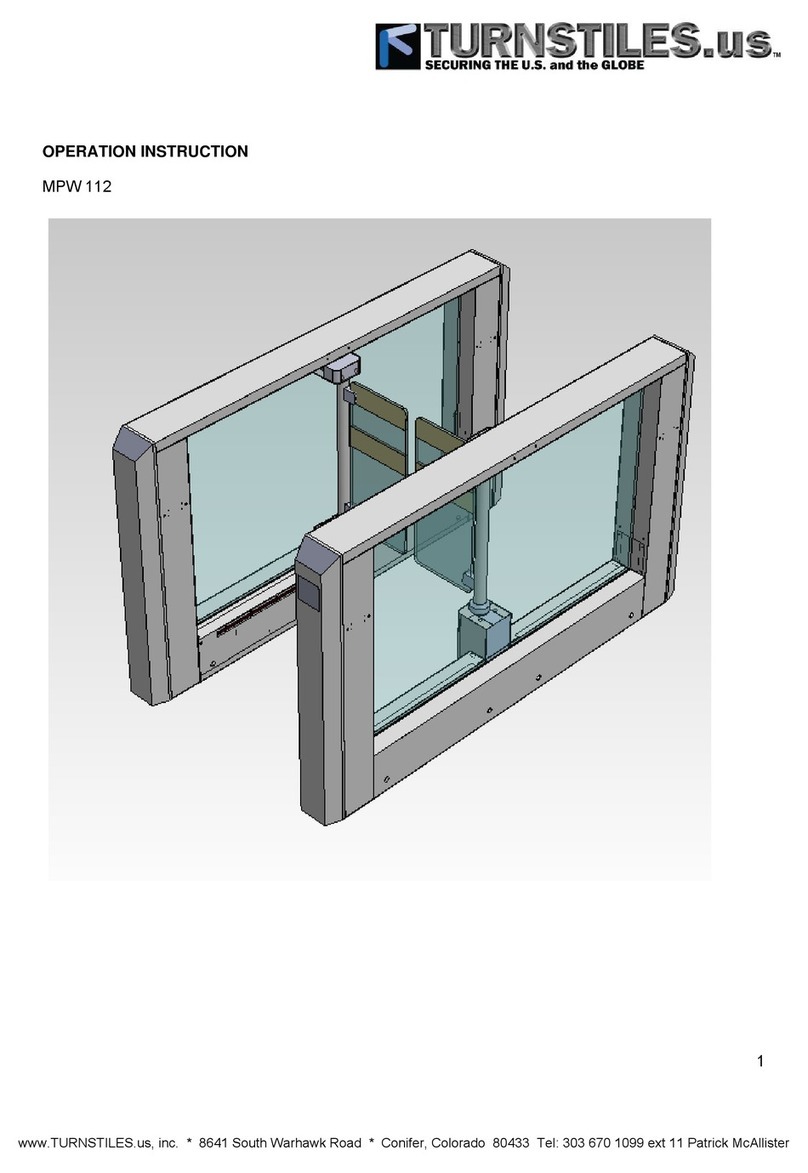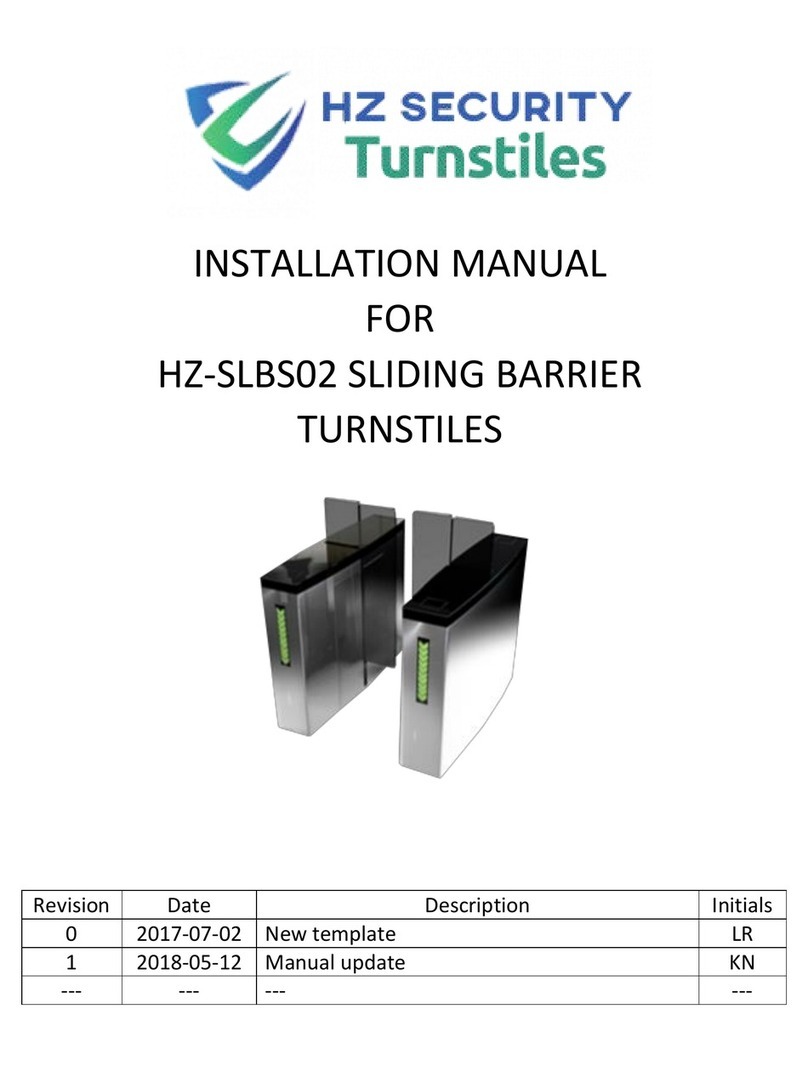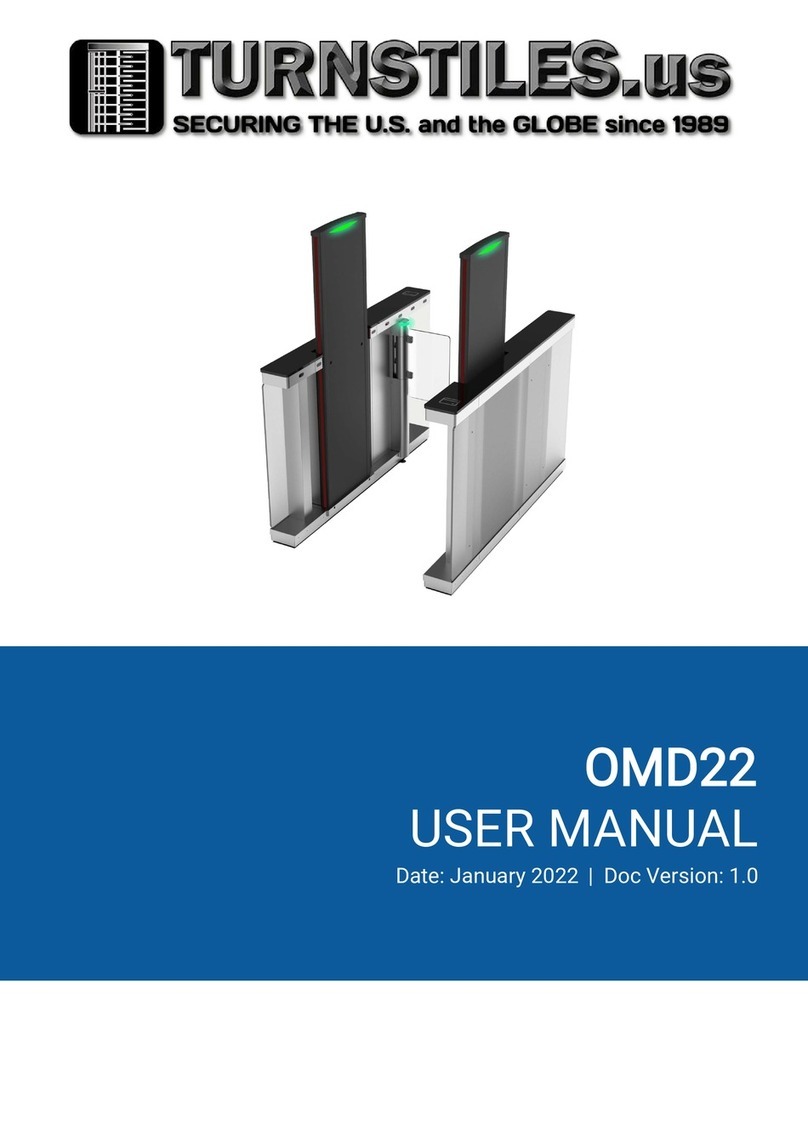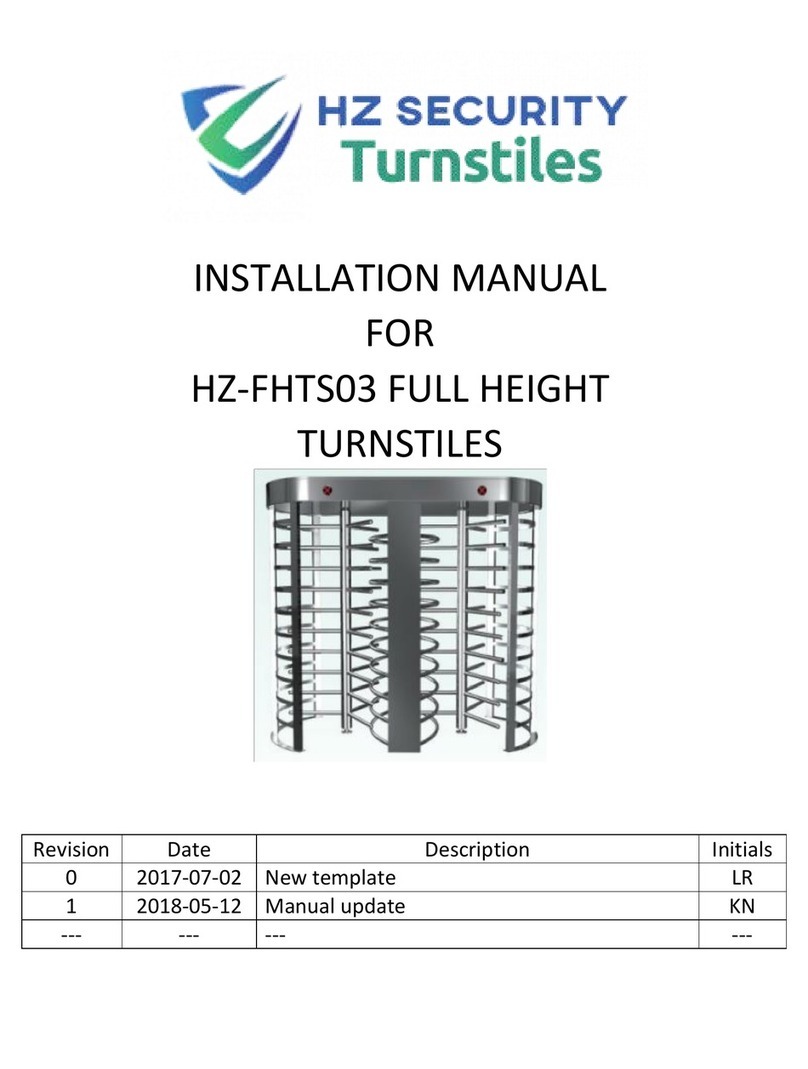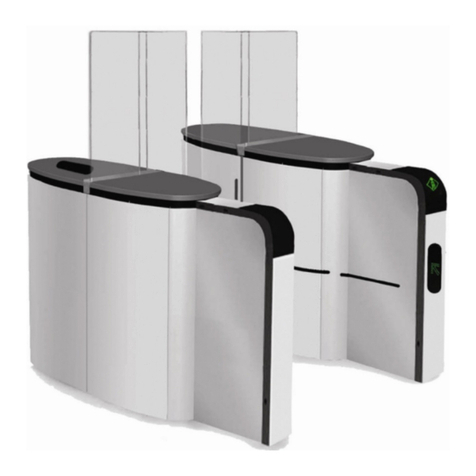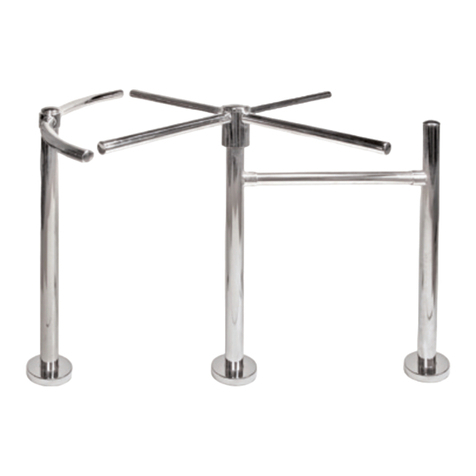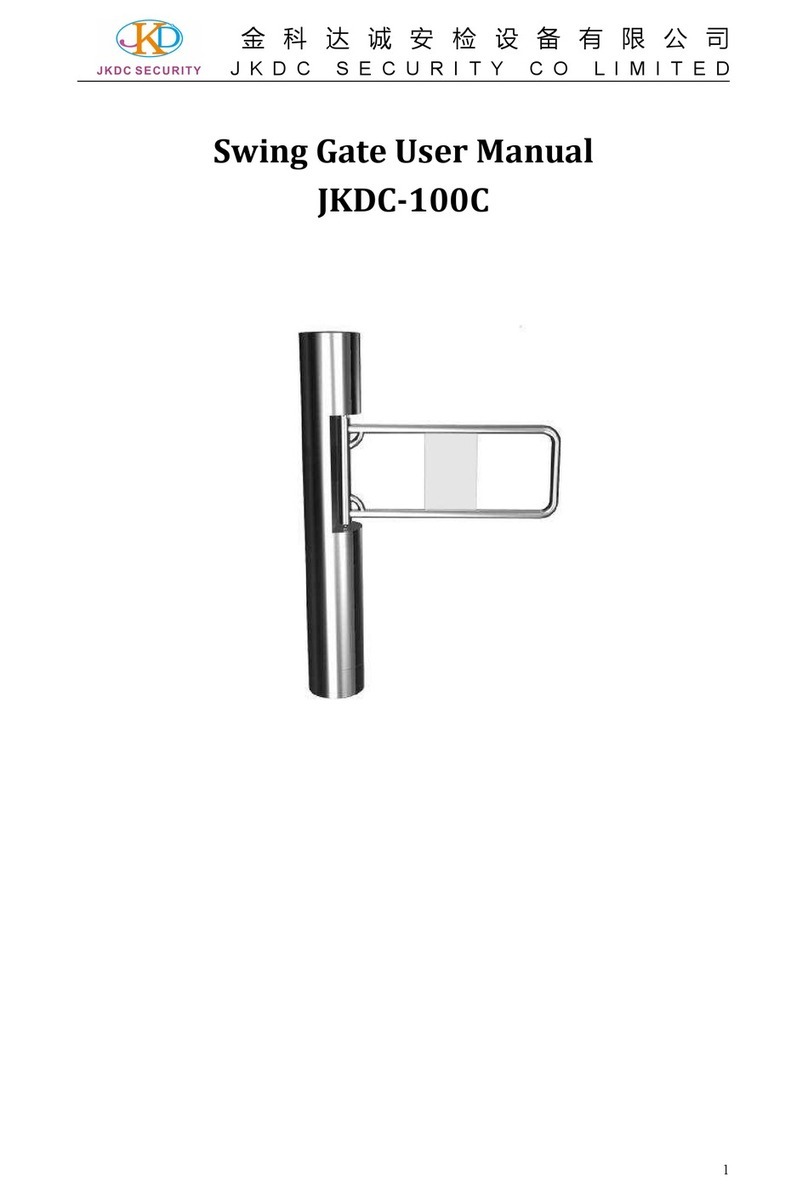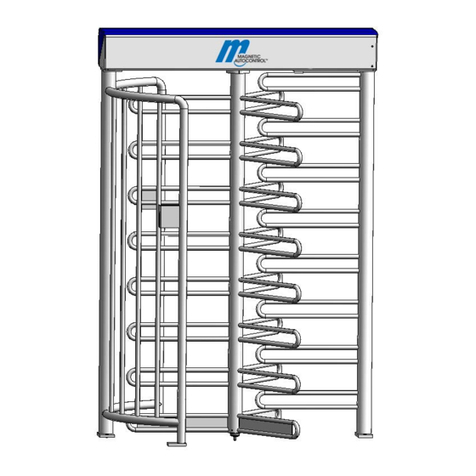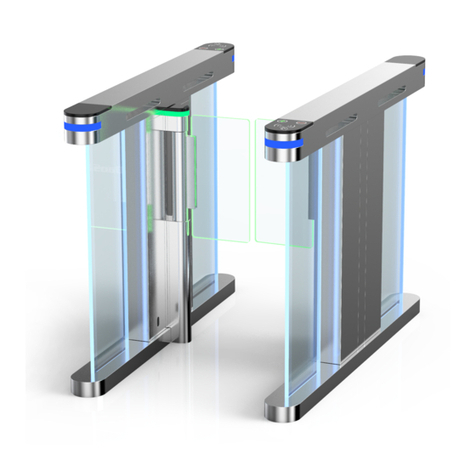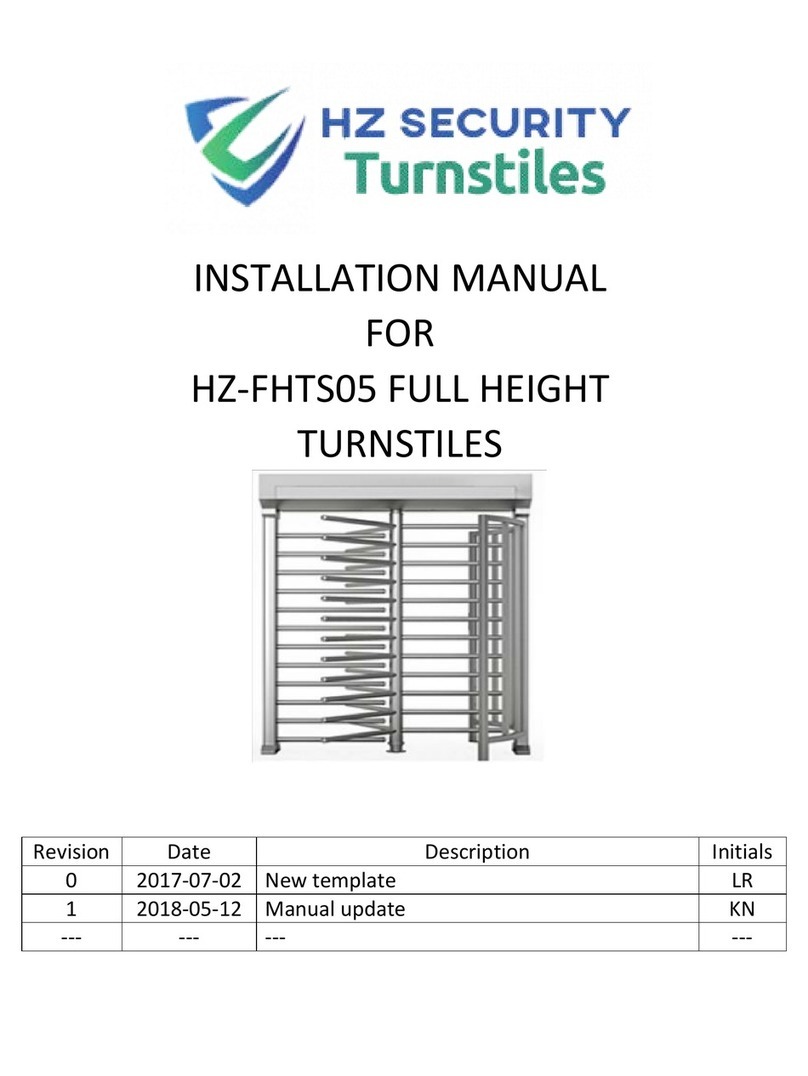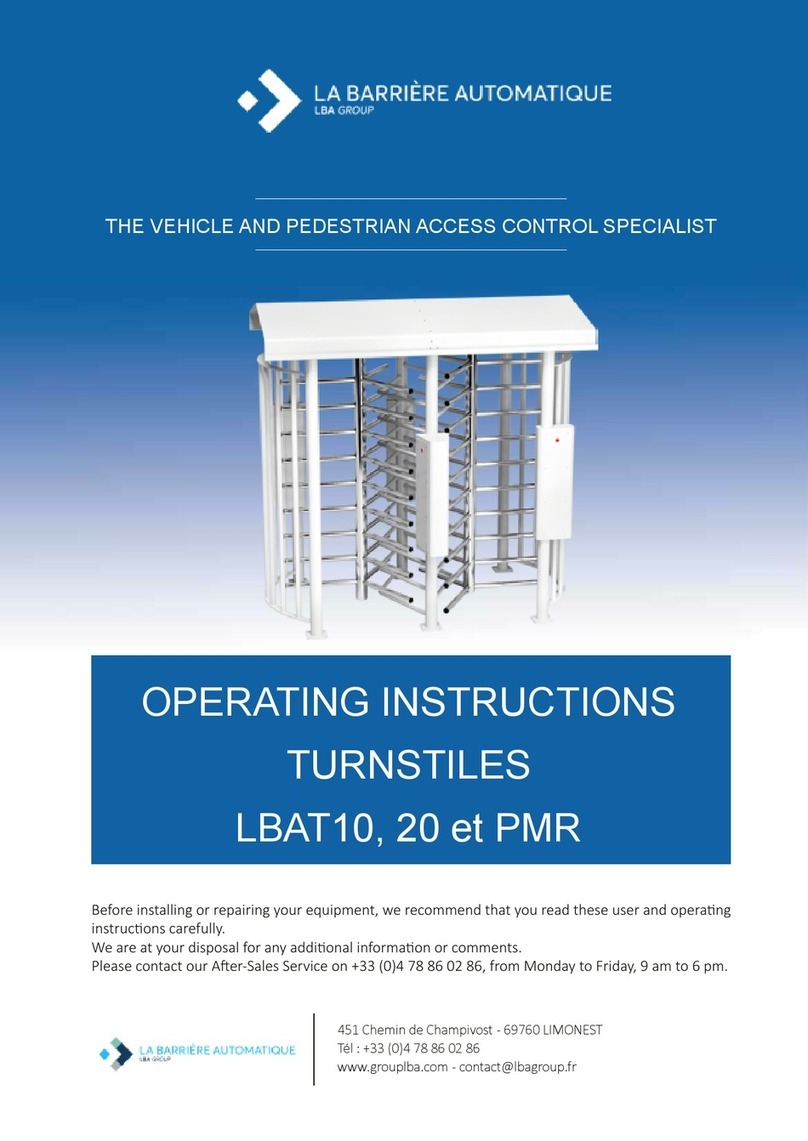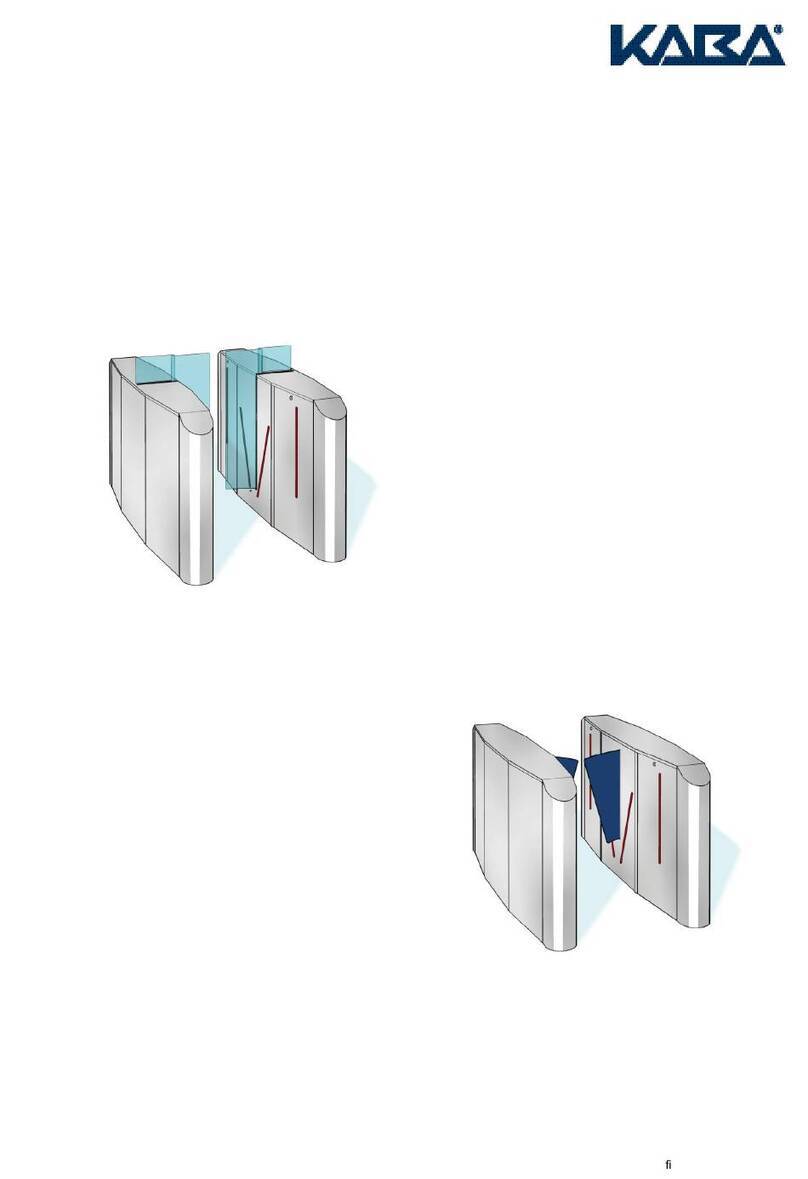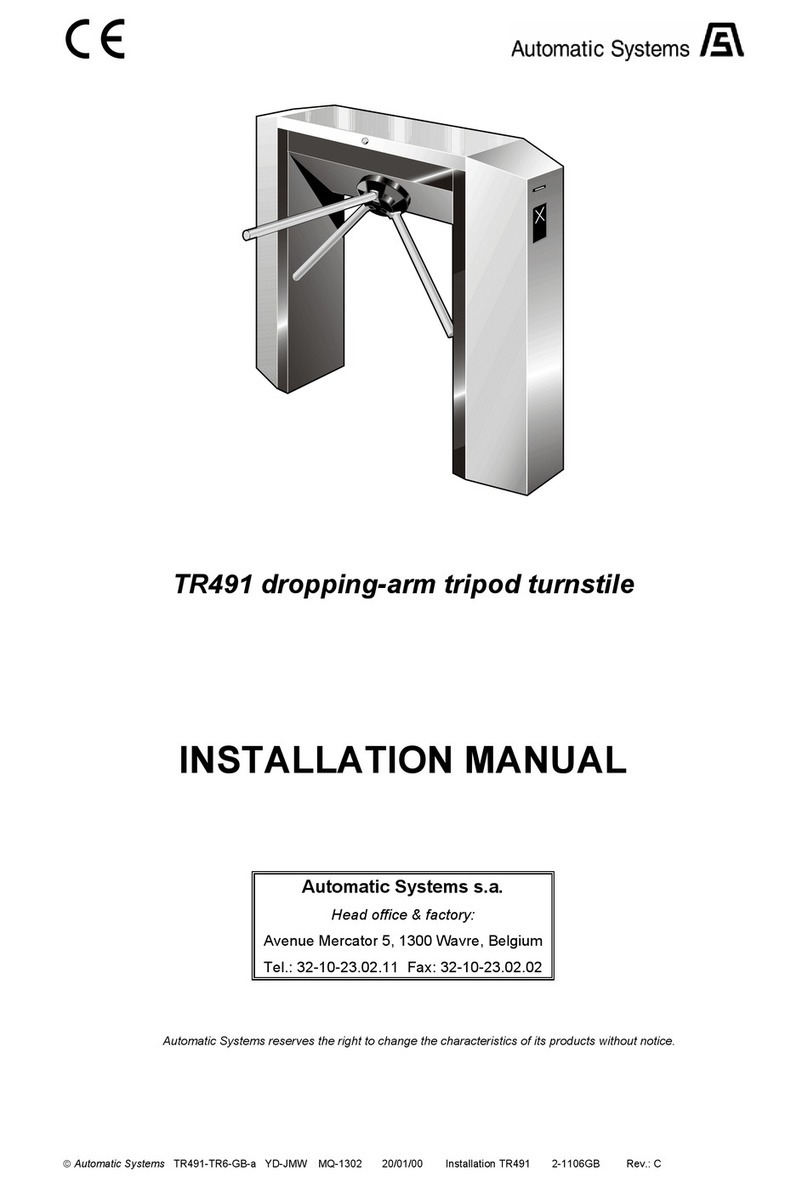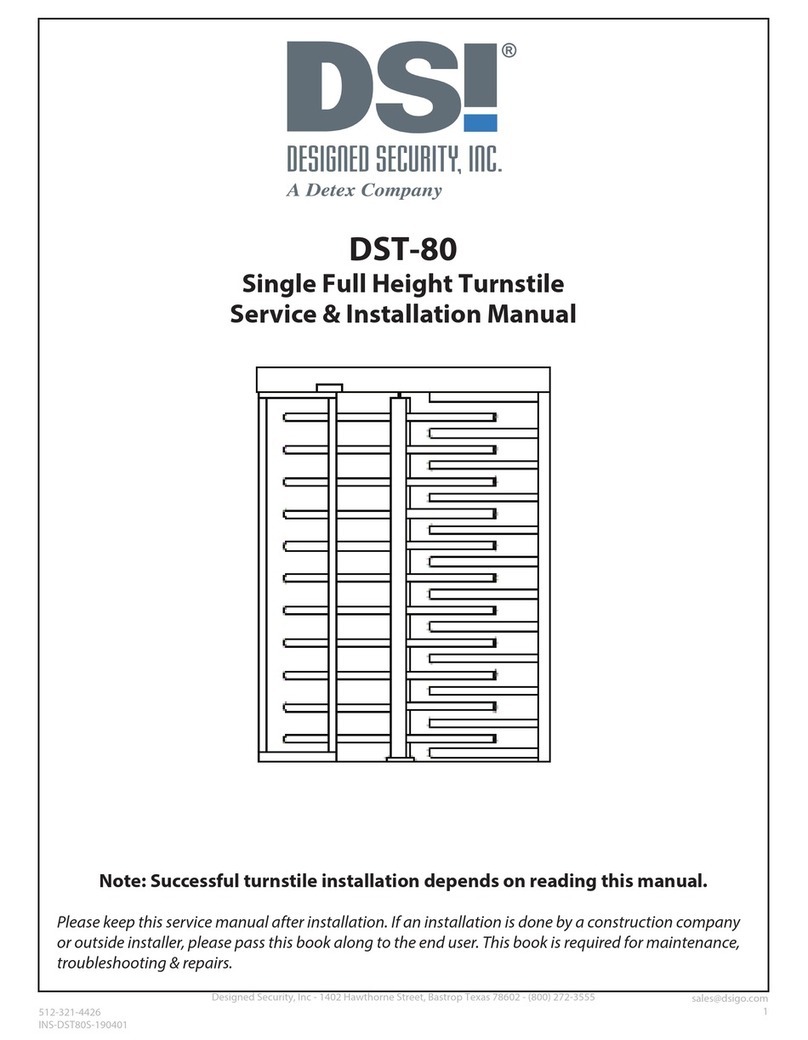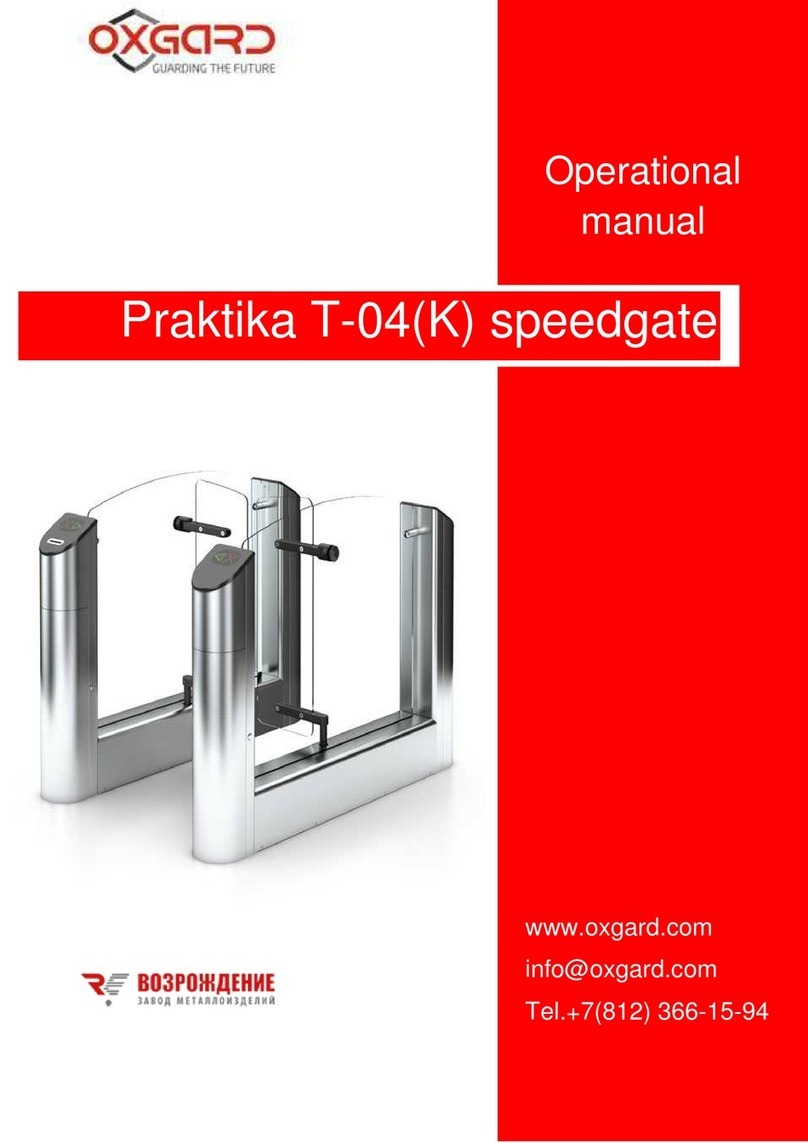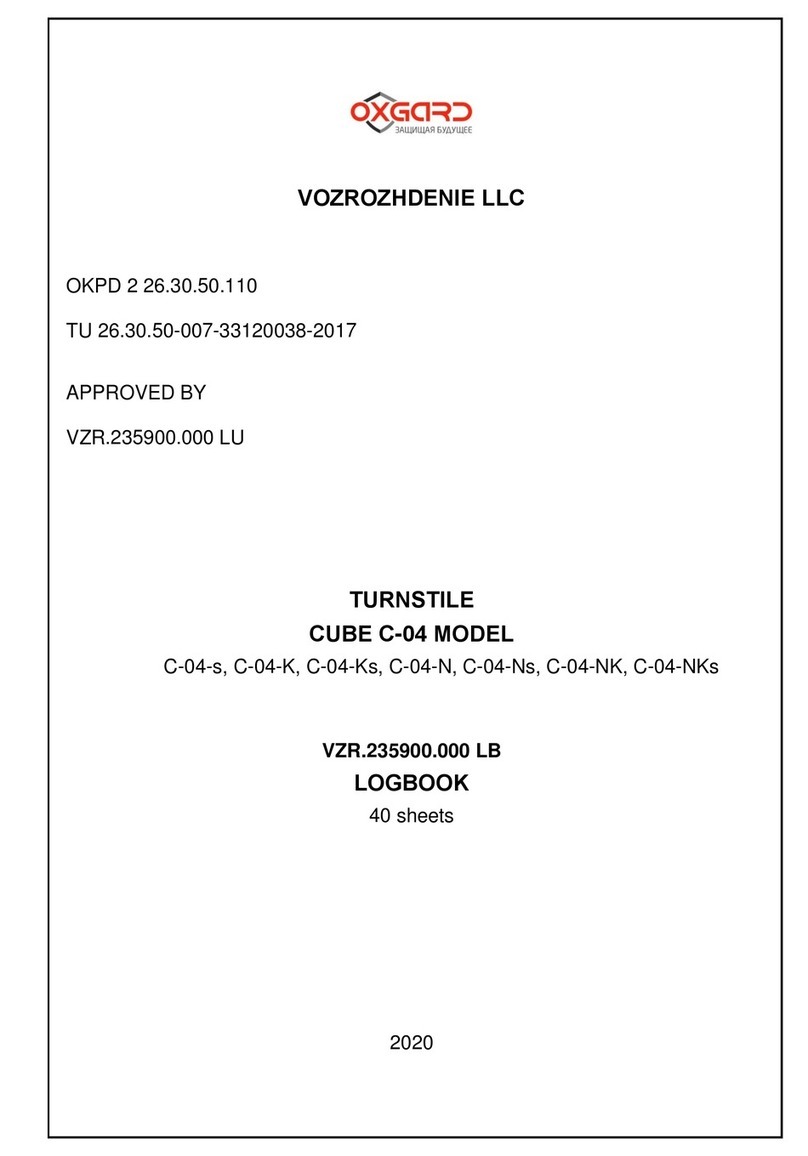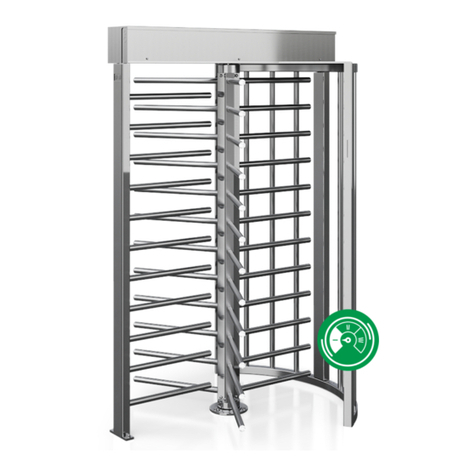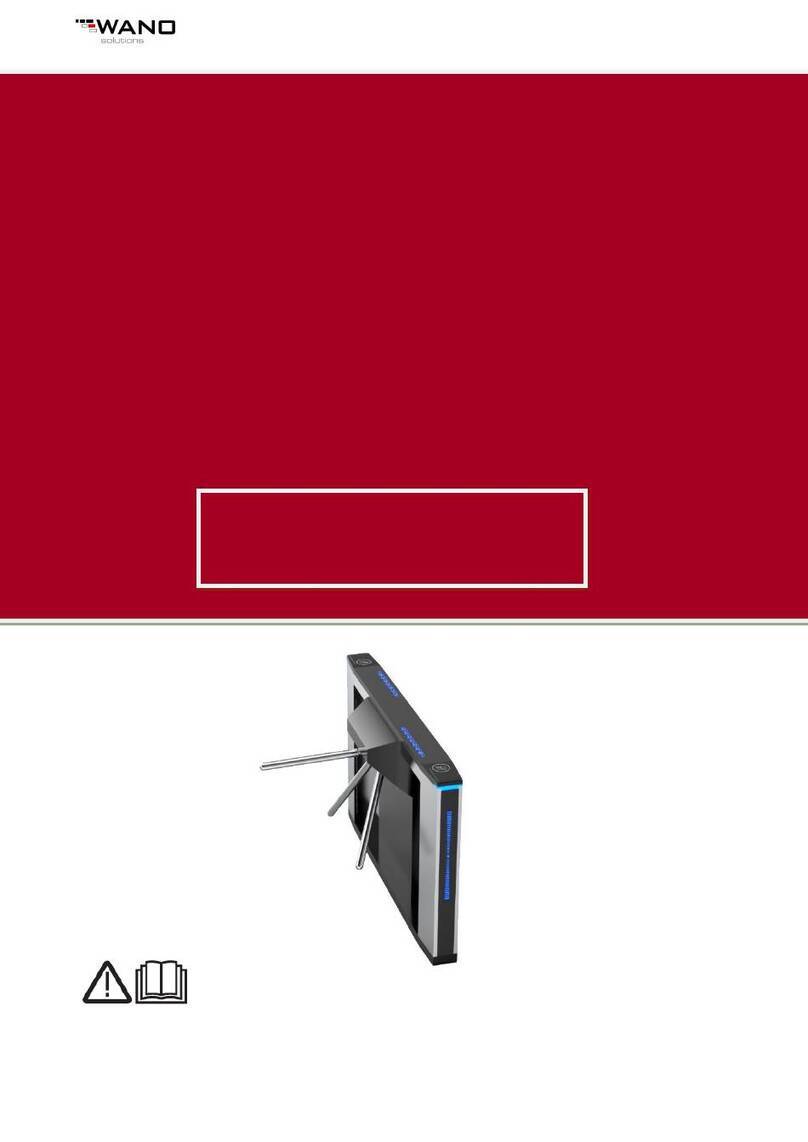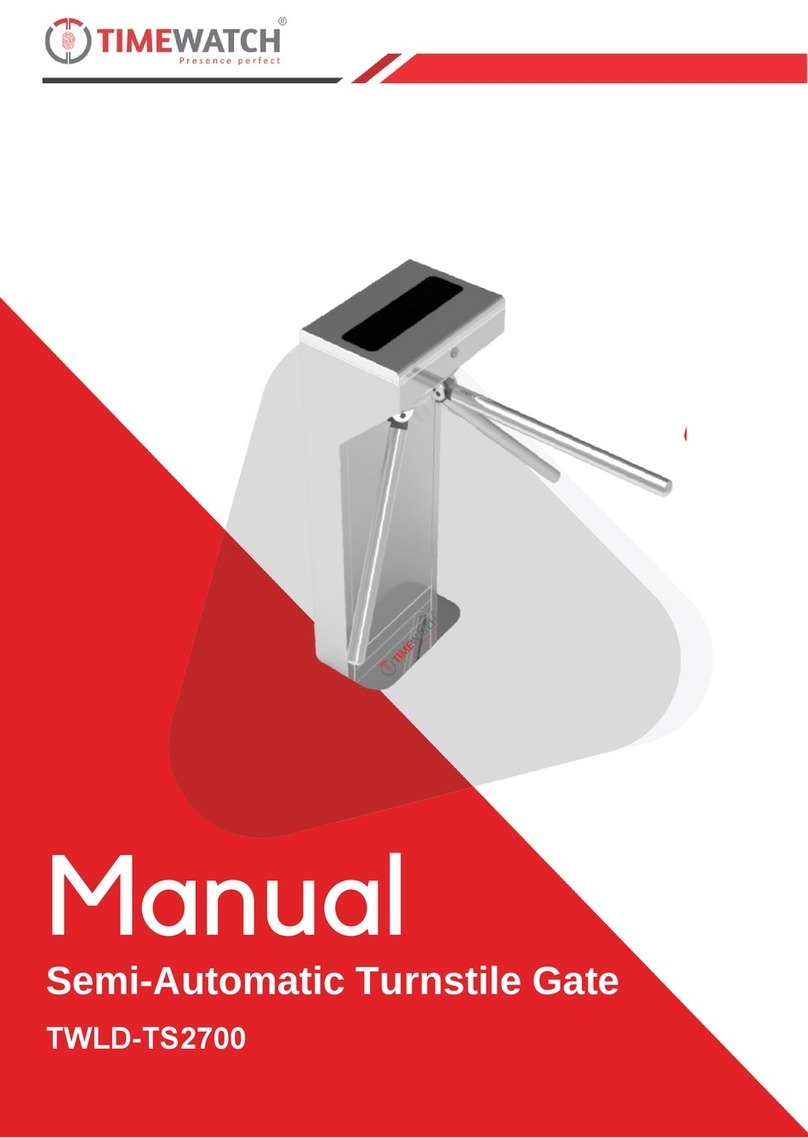
Orion reserves the right to make changes in this document without prior notice.
WARNING!
Safety instructions
READ CAREFULLY!
BEFORE INSTALLING AND STARTING UP THE DEVICE, PLEASE OBSERVE THE
SAFETY INSTRUCTIONS LISTED IN THE FOLLOWING SECTIONS. THIS WILL
HELP YOU TO AVOID MAKING SERIOUS ERRORS THAT COULD IMPAIR YOUR
HEALTH, DAMAGE THE DEVICE AND ENDANGER OTHERS. WE THEREFO-RE
RECOMMEND THAT YOU KEEP THIS MANUAL IN CLOSE PROXIMITY TO THE
INSTALLATION.
THE SAFETY OF THIS DEVICE AND ITS PROPER FITTING DEPENDS,
THEREFORE, ON RESPECTING ITS TECHNICAL CHARACTERISTICS AND
PROPER FITTING, TO BE DONE PROPERLY, AND UNDER SAFE CONDITIONS AS
EXPLAINED IN THE TECHNICAL DOCUMENT THAT COMES WITH THE DEVICE.
THIS DEVICE SHOULD ONLY BE USED FOR THE PURPOSE FOR WHICH IT WAS
EXPLICITLY DESIGNED. ANY OTHER USE IS DANGEROUS. TANSA IS NOT
LIABLE FOR ANY DAMAGE CAUSED BY IMPROPER, WRONGFUL AND
UNREASONABLE USE
STORAGE RECOMMENDATIONS
•THE RECOMMENDED MAXIMUM STORAGE TIME IS 6 MONTHS. IT SHOULD
BE NOTED THAT EQUIPMENT STORED FOR A LONGER PERIOD THAN THE
MAXIMUM STORAGE TIME INDICATED MUST BE INSPECTED BEFORE USED.
•THE UNITS MUST NOT BE STACKED AND SHOULD BE STORED OFF THE
GROUND, UNDER COVER PROTECTED FROM WEATHER, CONSTRUCTION
ACTIVITIES AND EXTREME TEMPERATURES
•BE CAREFUL WHEN HANDLING DEVICES THAT WEIGH OVER 25 KG. IF
NEEDED, USE PROPER SAFETY HOISTING EQUIPMENT.
•MINIMUM TWO PEOPLE MUST ALWAYS BE USED TO MOVE EACH
PEDESTAL, DUE TO ITS WEIGHT AND SIZE. ALWAYS PLAN THE PATH AND
ALLOCATE WHERE THE PEDESTAL WILL BE MOVED TO. THIS IS THE ONLY
WAY TO AVOID ACCI DENTS AND DAMAGE TO THE EQUIPMENT.
BEFORE INSATALLING
•(CHECK, IF SOMETHING IS MISSING, DO NOT CONTINUE UNTIL YOU HAVE
COMPLIED WITH ALL SAFETY PROVISIONS)
•IT IS ESSENTIAL THAT THE INFORMATION ON INSTALLATION AND THE
TECHNICAL DATA FOR THE DEVICE BE OBSERVED DURING UNPACKING AND
INSTALLATION AND BEFORE OPERATING THE DEVICE. THIS INCLUDES
DIMENSIONS, ELECTRI CAL VALUES, NECESSARY AMBIENT AND CLIMATIC
CONDITIONS, ETC.
•FITTING AND TESTING MUST BE BE ONLY PERFORMED BY QUALIFIED
TECHNICIANS.
•LAYING THE CABLES, INSTALLATION AND TESTING MUST FOLLOW PROPER
PROCEDURES AS DICTATED BY LOCAL REGULATIONS.
•MAKE SURE THE DEVICE IS IN GOOD MECHANICAL STATE, BALANCED
AND ALIGNED, AND THAT IT OPENS AND CLOSES PROPERLY. ALSO, IF
NEEDED, FIT SUITABLE PROTECTIONS OR USE PROPER SAFETY SENSORS.
•MAKE SURE THAT THE OPENING TURNSTILE CAN NOT RESULT IN ANY
HAZARDS.
•DO NOT INSTALL THE DEVICE ON TO SURFACES THAT COULD YIELD AND
BEND. IF NECESSARY, ADD SUITABLE REINFOR CEMENTS TO THE
ANCHORING POINTS.
•ONLY INSTALL ON A LEVEL SURFACE.
•MAKE SURE ANY SPRINKLER SYSTEMS CAN NOT WET THE DEVICE FROM
THE GROUND UP.
INSTALLATION SAFETY
•SUITABLY SECTION OFF AND DEMARCATE THE ENTIRE
INSTALLATION SITE TO PREVENT UNAUTHORIZED PERSONS FROM
ENTERING THE AREA, ESPECIALLY MINORS AND CHILDREN.
•THE DEVICE MUST BE CONNECTED TO AN EFFICIENT, PROPER
GROUNDING SYSTEM.
•TANSA DECLINES ANY LIABILITY FOR USING NON-ORIGINAL
PRODUCTS; WHICH WOULD RESULT IN WARRANTY LOSS.
•APPLY WARNING SIGNS WHERE NECESSARY AND IN A VISIBLE
PLACE.
•ESD (ELECTROSTATIC DISCHARGE) REFERS TO THE MEASURES
TAKEN TO PROTECT COMPONENTS VULNERABLE TO ELECTROSTATIC
DISCHARGES AGAINST SUCH DISCHARGES AND HENCE FROM
POTENTIAL DAMAGE OR DESTRUCTION.
CABLE CONNECTIONS
•NO CABLES MAY BE CONNECTED OR DISCONNECTED DURING A
STORM (DANGER OF BEING STRUCK BY LIGHTNING).
•WHEN CONNECTING OR DISCONNECTING ANY OF THE LEADS,
ALWAYS HOLD THEM BY THE PLUG.
•NEVER PULL ON THE CABLES THEMSELVES. DOING SO COULD
CAUSE A CABLE TO BECOME DETACHED FROM THE PLUG.
•LAY THE CABLES SO THAT THEY DO NOT PRESENT A DANGER
(TRIPPING) AND CANNOT BE DAMAGED, BY BEING BENT, FOR
INSTANCE.
•PLEASE CHECK DEVICES WITH ADJUSTABLE RATED VOLTAGE TO
DETERMINE WHETHER THE PRESET RATED VOLTAGE OF THE DEVICE
CONFORMS TO THE LOCAL MAINS VOLTAGE. AN INCORRECT
SETTING MAY LEAD TO DAMAGE TO OR DESTRUCTION OF THE
DEVICE.
•BEFORE OPERATING, CHECK WHETHER ALL THE CABLES AND
WIRES ARE IN A PERFECT, UNDAMAGED CONDITION.
•ENSURE IN PARTICULAR THAT THE CABLES HAVE NOT BEEN BENT,
HAVE NOT BEEN LAID TOO TIGHTLY ROUND CORNERS, AND THAT
THERE ARE NO OBJECTS LOCATED ON TOP OF THEM. ALSO MAKE
SURE THAT ALL CONNECTORS HAVE A TIGHT FIT. DEFECTIVE
SCREENING OR WIRING MAY DAMAGE YOUR HEALTH (ELECTRIC
SHOCK) AND CAN DAMAGE OTHER DEVICES.
•THE SYSTEM EARTHING (EARTH WIRE) IS CONNECTED TO THE
PEDESTAL ENCLOSURE. THE EARTHING OF THE ENCLOSURE IS NOT
REQUIRED FOR ELECTRICAL SAFETY, ALTHOUGH THIS MAY BE
REQUIRED TO CONFORM TO CERTAIN STANDARDS.
•MAKE SURE THAT NO OBJECTS (E.G. JEWELLERY, PAPER CLIPS,
ETC.) OR LIQUIDS GET INSIDE THE DEVICE. THIS CAN LEAD TO
ELECTRIC SHOCKS OR SHORT-CIRCUITS.
•PROPER OPERATION AND COMPLIANCE WITH THE EMC
(ELECTROMAGNETIC COMPATIBI-LITY) LIMIT VALUES IS ONLY
GUARANTEED WHEN THE ENCLOSURE IS MOUNTED CORRECTLY AND
THE SIDE PANELS ARE IN PLACE.
